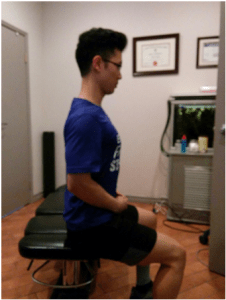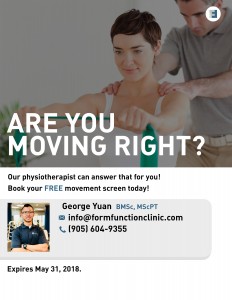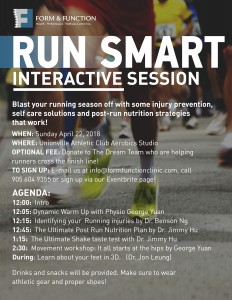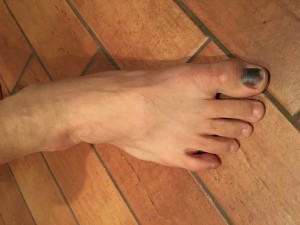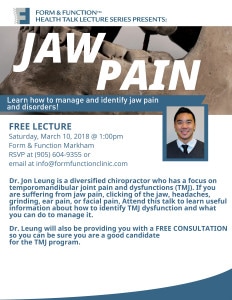Sit with a lumbar lordosis!
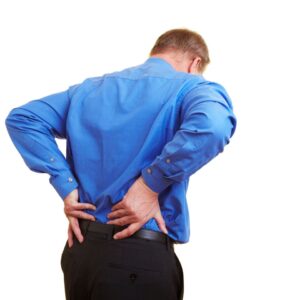
Did I say lumbar lordosis again? Forgive me, but this is just as important in sitting as it is when lifting. The correlation between individuals who sit more than four hours per day and lower back pain has been proven. And one of the reasons is that these individuals are likely to slouch for the better part of the day. Those of us with healthy backs can tolerate a slouched posture for 30 or 40 minutes at a time, but not much longer.
Actively sitting with a lordosis means that your own muscles are doing the work. I cue my patients with my hand at the lower back, pushing them gently forward and up, and at the same time say “get your shoulders tall”. I then have them maintain this posture for several minutes. At the beginning, this can be quite tiring. This is why I often tell the patient who sits most of the day to acquire a “lumbar roll”. This product is basically a cylinder of spongy material with cloth enclosing it, and a strap that holds it to your chair. When not able to sit actively with a lordosis, one should rely on it.

